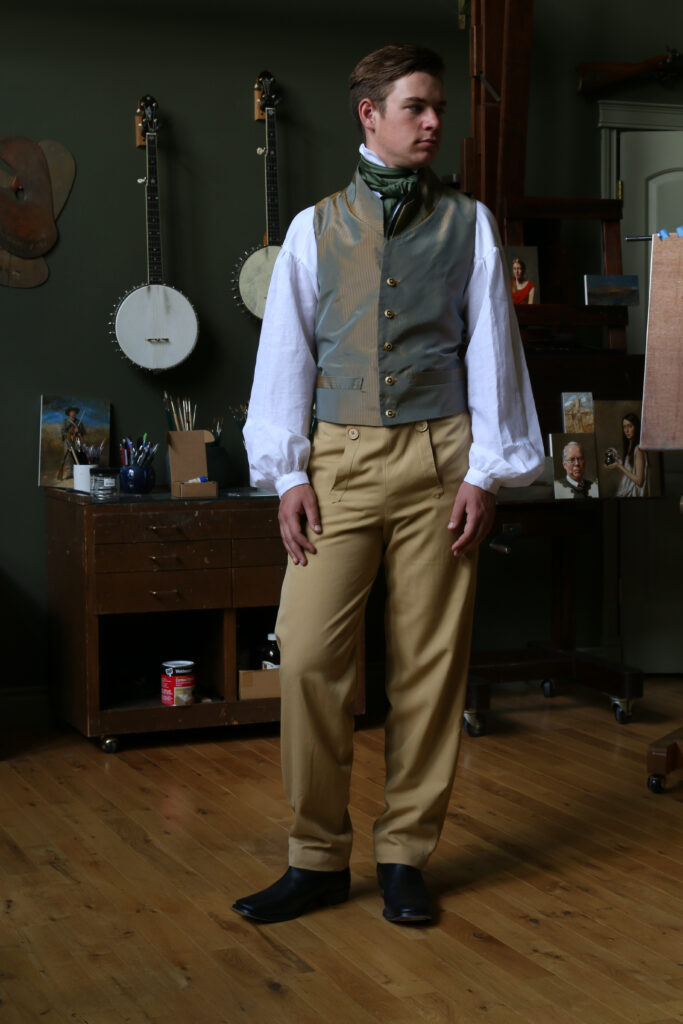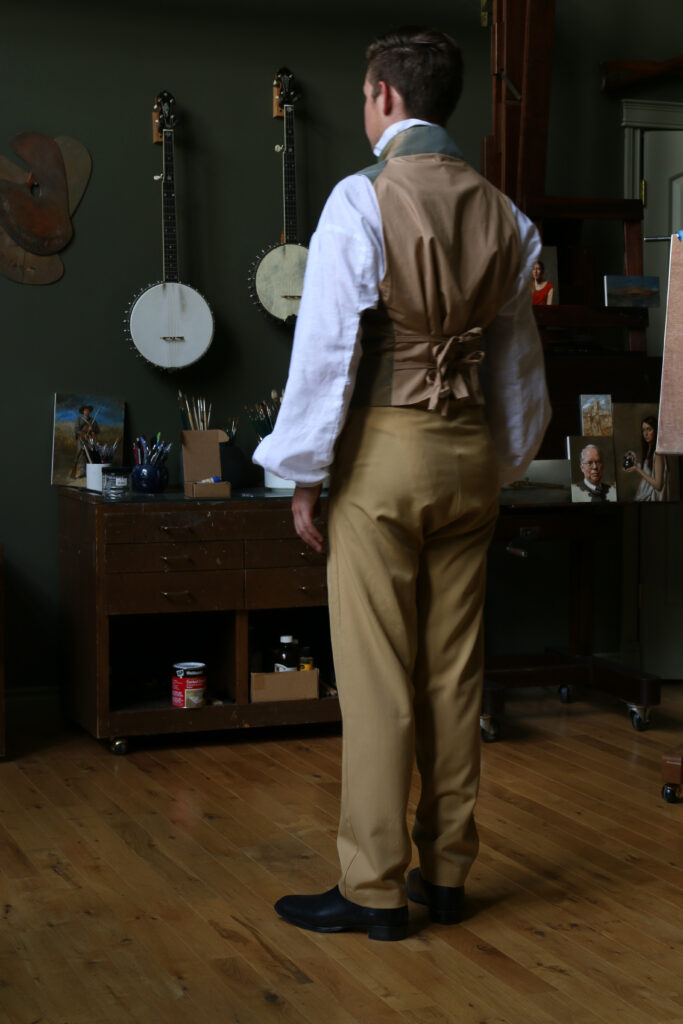We have many different names for this brief period in fashion history; “Regency” refers to the time in Britain when the King was unable to govern (1811 until 1820), but also the broader era when society and fashion were changing (1795 until 1837, when Victoria became Queen). If you are thinking of French style, we call the early 19th century the Empire Period, referring to a time after the French Revolution while Napoleon led the nation. And in the United States, the fledging years of the new Republic are sometimes known as the Federal Era.
Whatever we may call it, the early years of the 19th century were marked by a distinctive and decided change in style. Men’s fashions became more sober, better tailored, and more utilitarian, with trousers worn even by gentlemen (the laboring classes had been wearing long pants for decades). Women’s styles changed even more radically from the previous century, trading heavy brocades, wools and linens for soft, lightweight cotton fabrics. Waistlines rose to an extreme height, reminiscent of ancient Greek women’s draperies. The underpinnings changed, too, to create a slender, natural silhouette. Regency clothing for special occasions could be made of silk or sheer white cotton. These were often worn with silk bonnets or elegant shawls.
The images on this page show some examples of Regency garments made by Lavender’s Green Historic Clothing.
This lovely actress is interpreting the Empress Josephine (wife of Napoleon Bonaparte) for a museum history program. Her underpinnings and embroidered gown are copies of the Empress’s clothing in an early portrait.
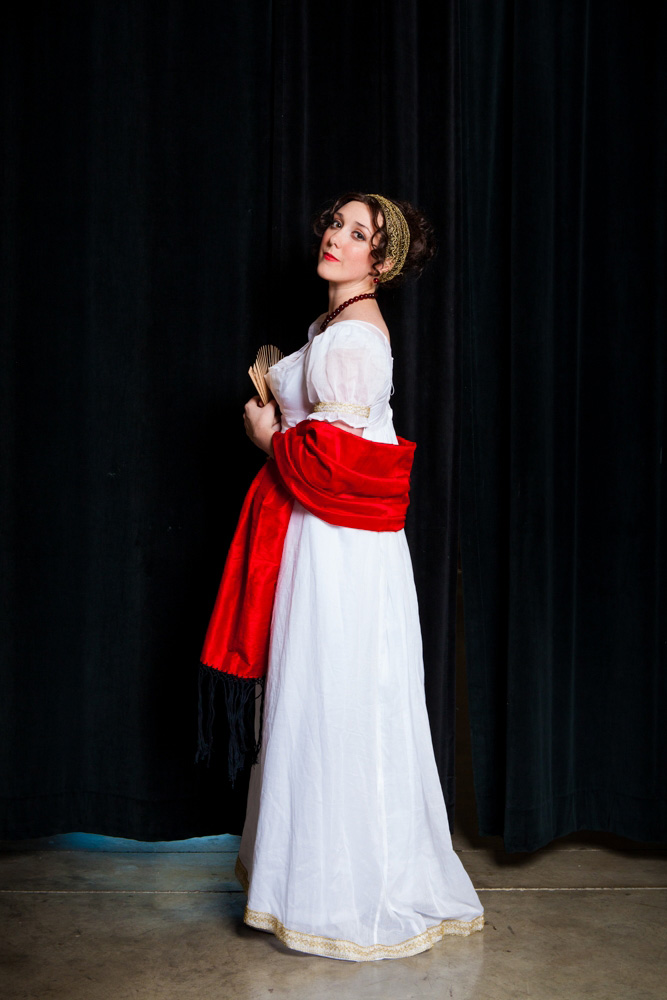
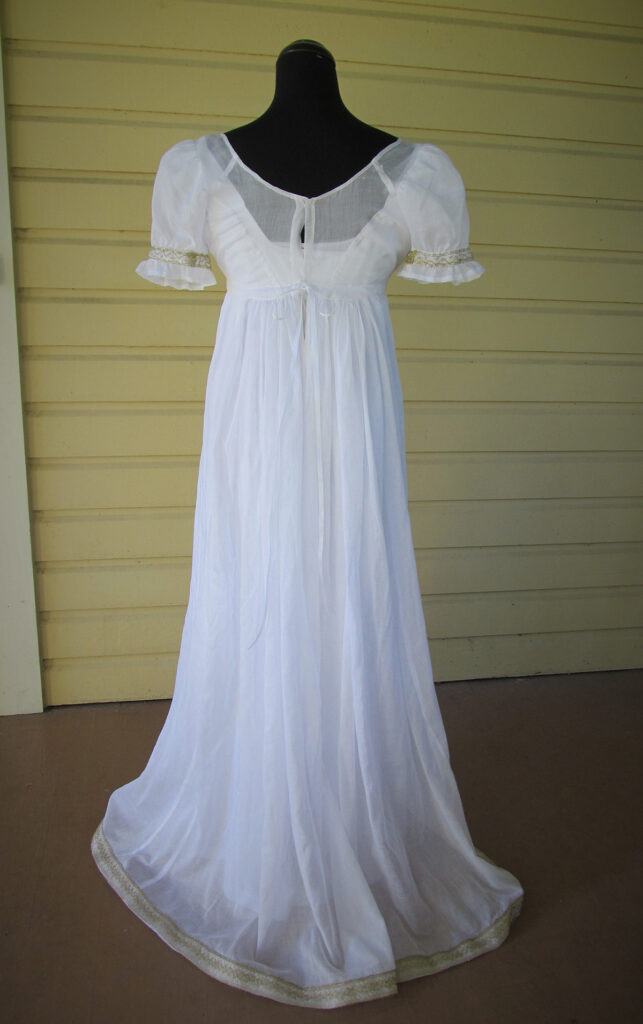
The charming bonnet was modeled after a fashion plate of the later Regency era. It’s made of soft silk fabric shirred over a frame of millinery wire.

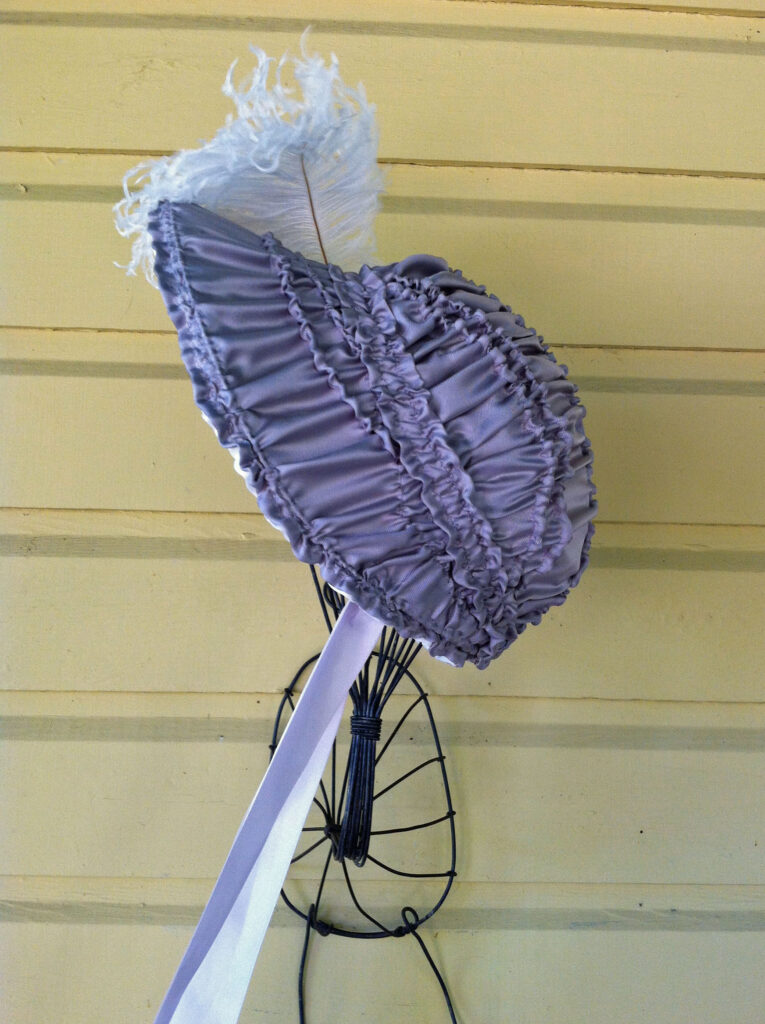
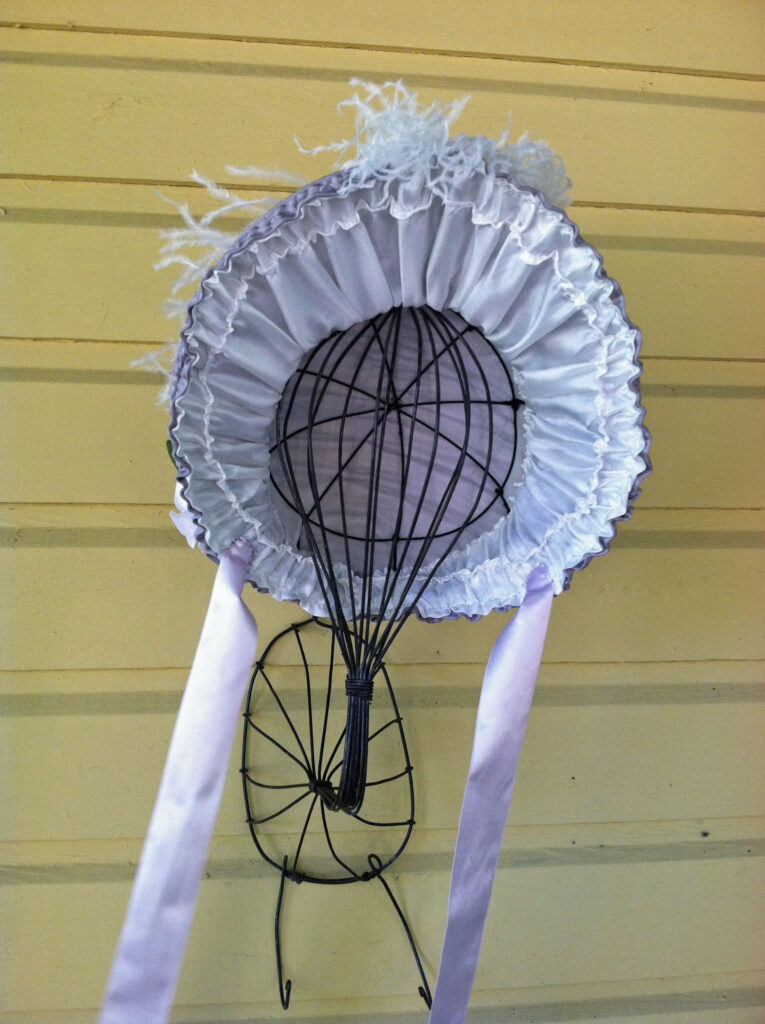
The simple white gown and green silk bonnet were made for a celebration of the end of the War of 1812. The bonnet is made in the traditional millinery manner, with fabric covering a buckram and wire frame.
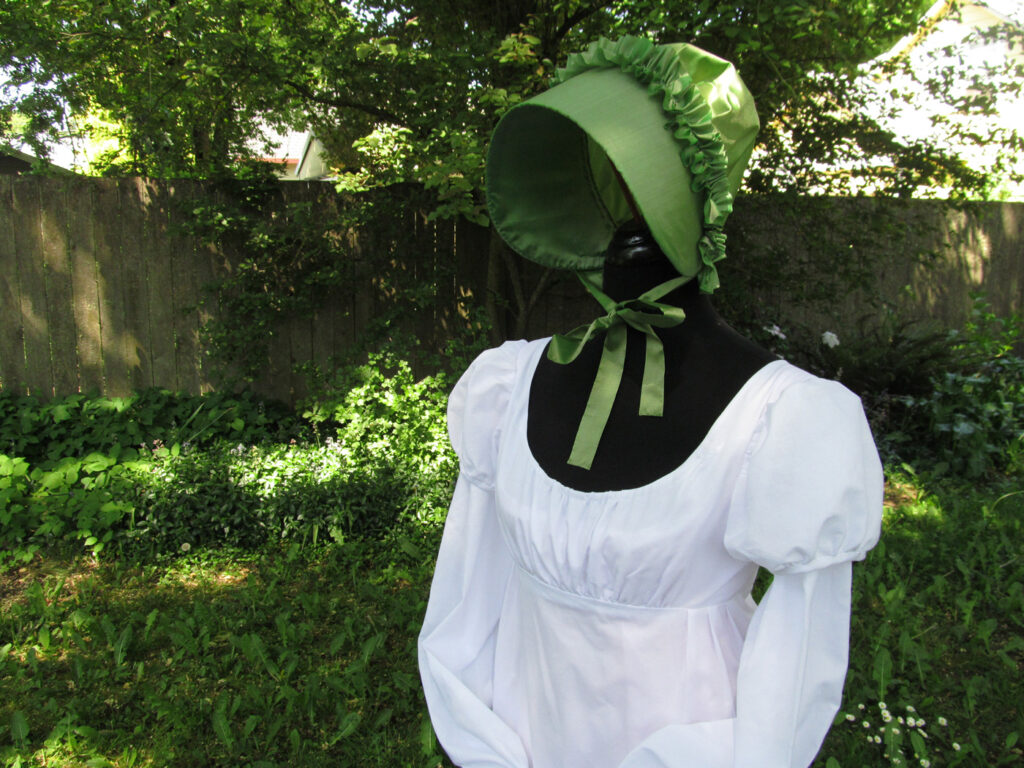
I rarely sew military items, but sometimes the temptation is irresistible! For Gary, I created a Napoleonic navy wool coat that complemented his persona perfectly.
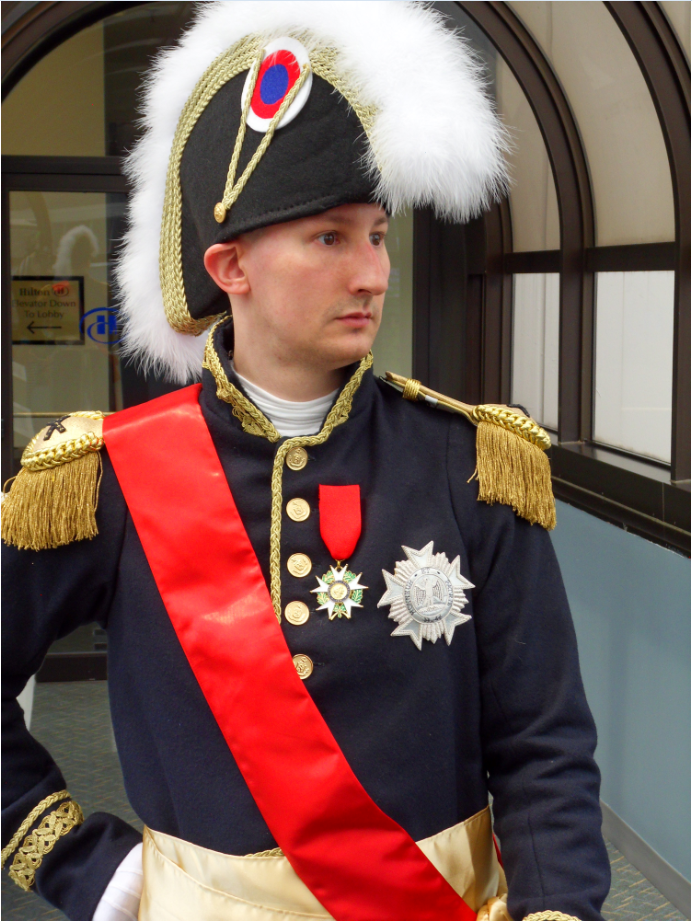
There are many simple variations for kitchen staff, farm wives, and ordinary folks.
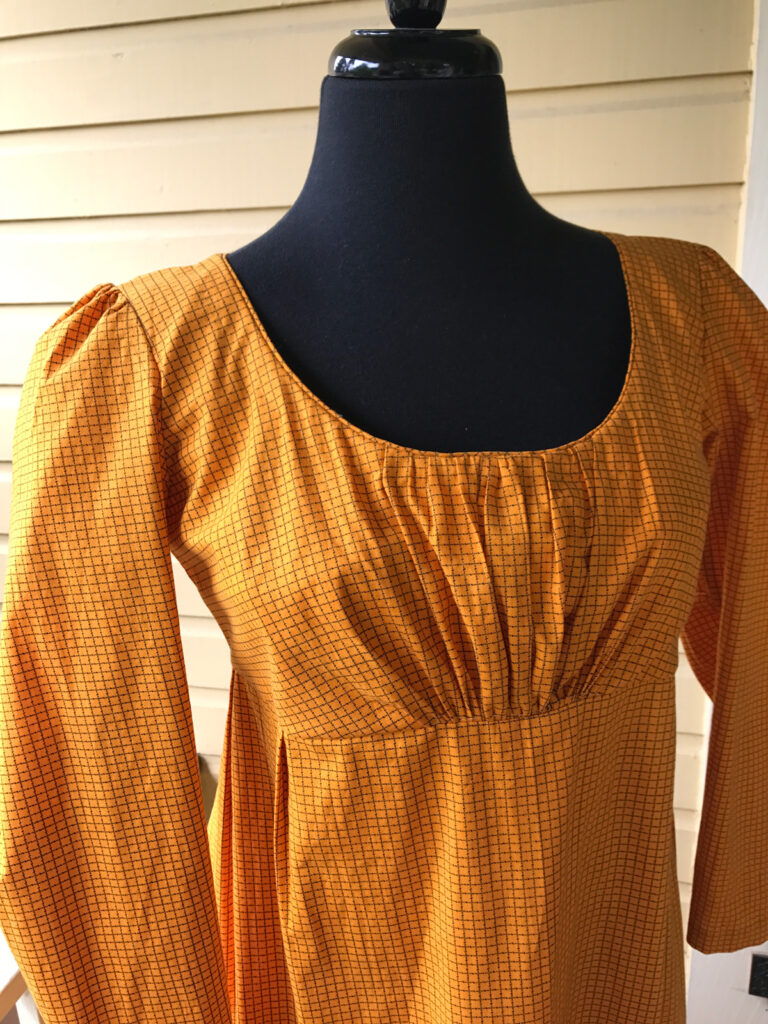
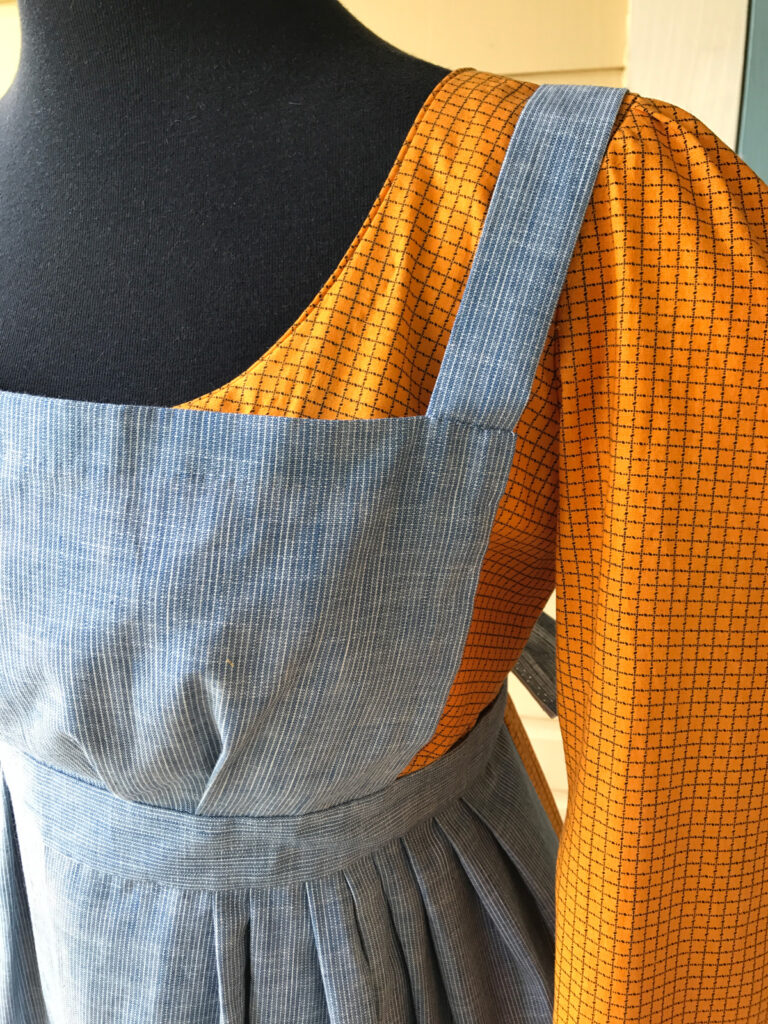
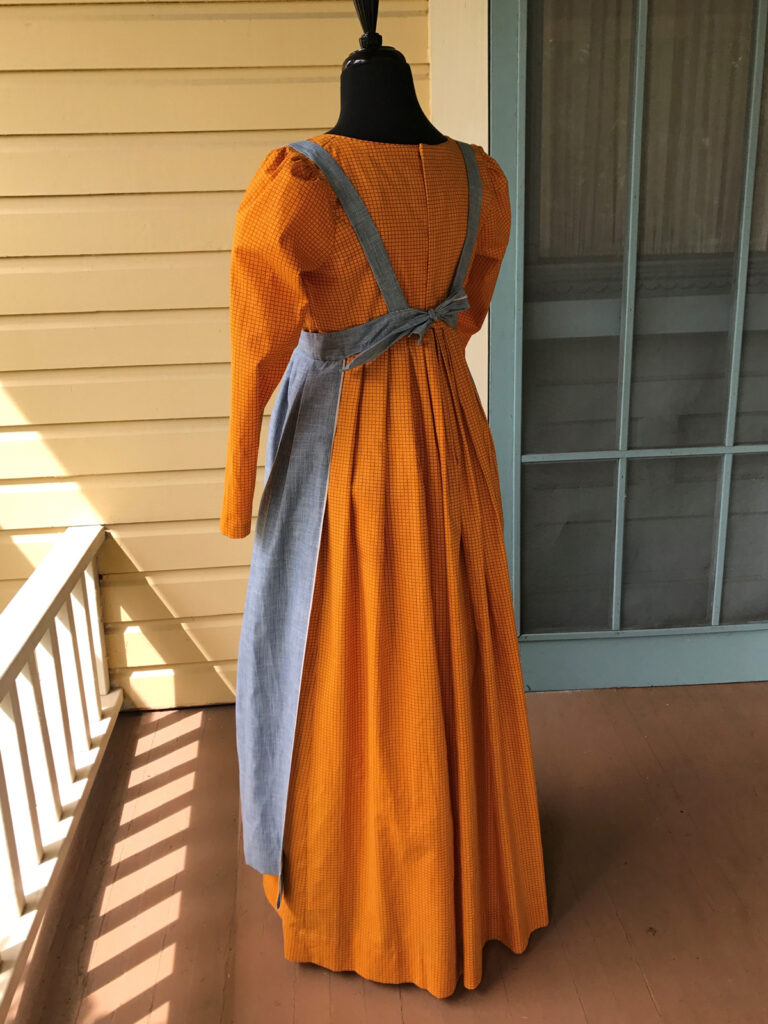
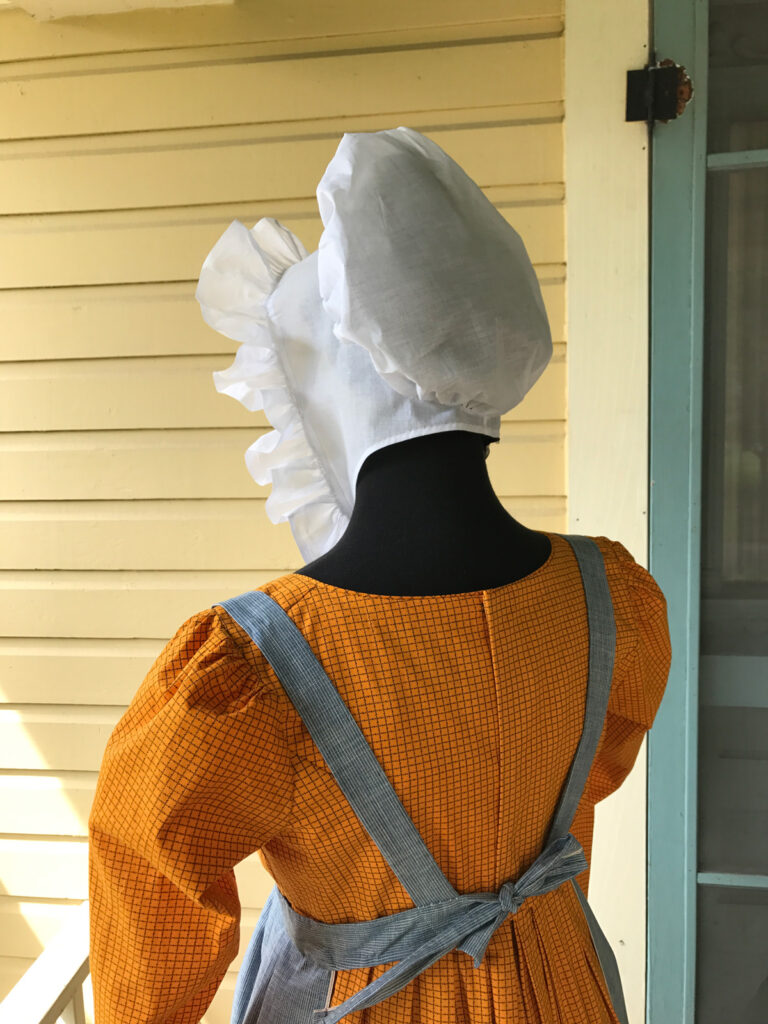
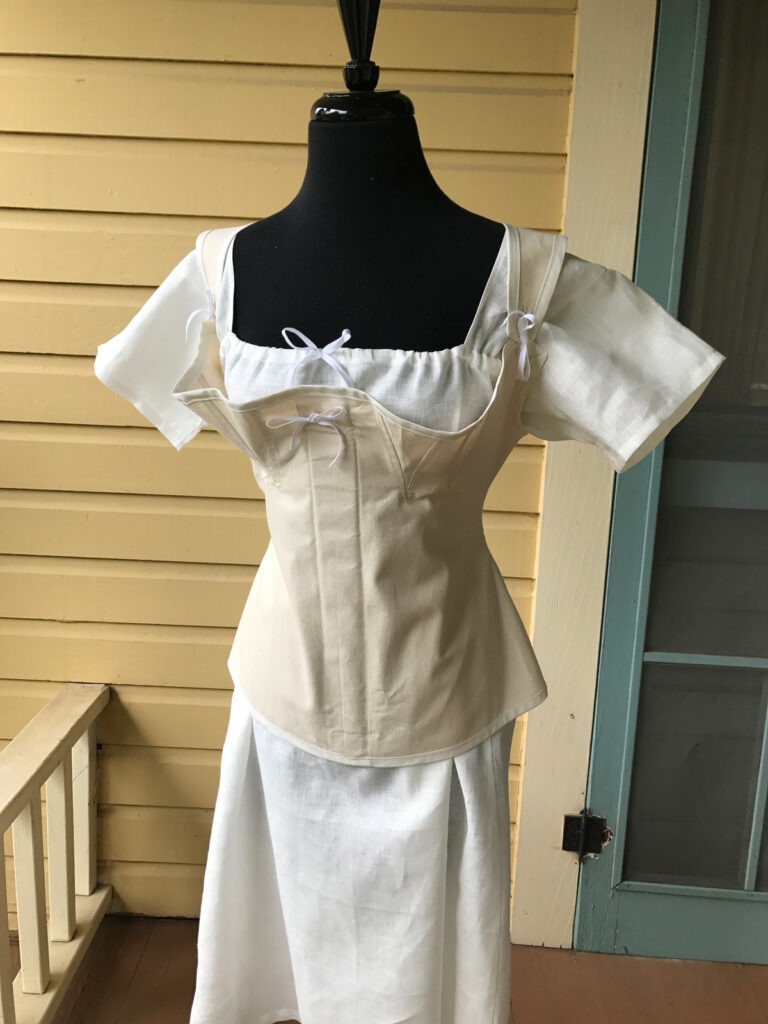
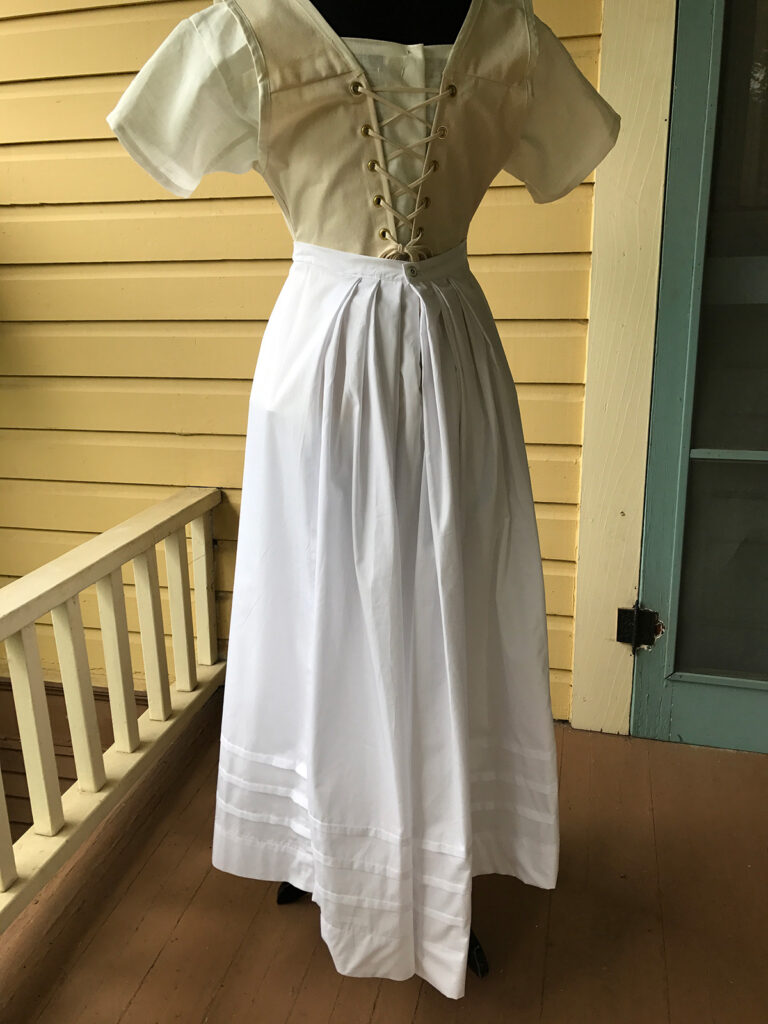
The pale green silk gown was made for a bride, based on a gown in a museum collection.
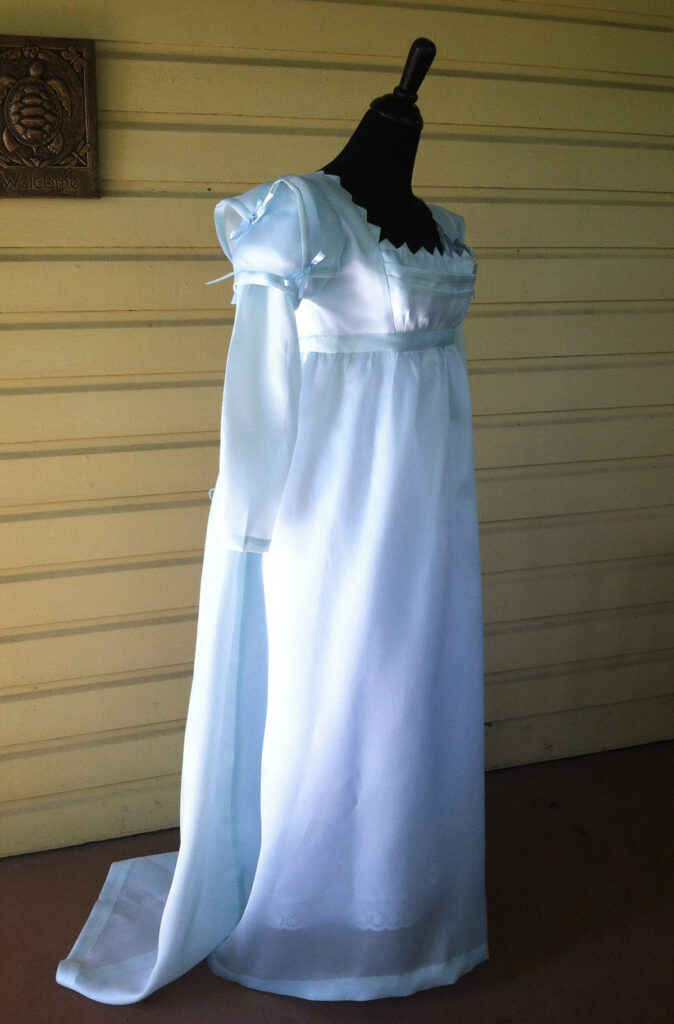

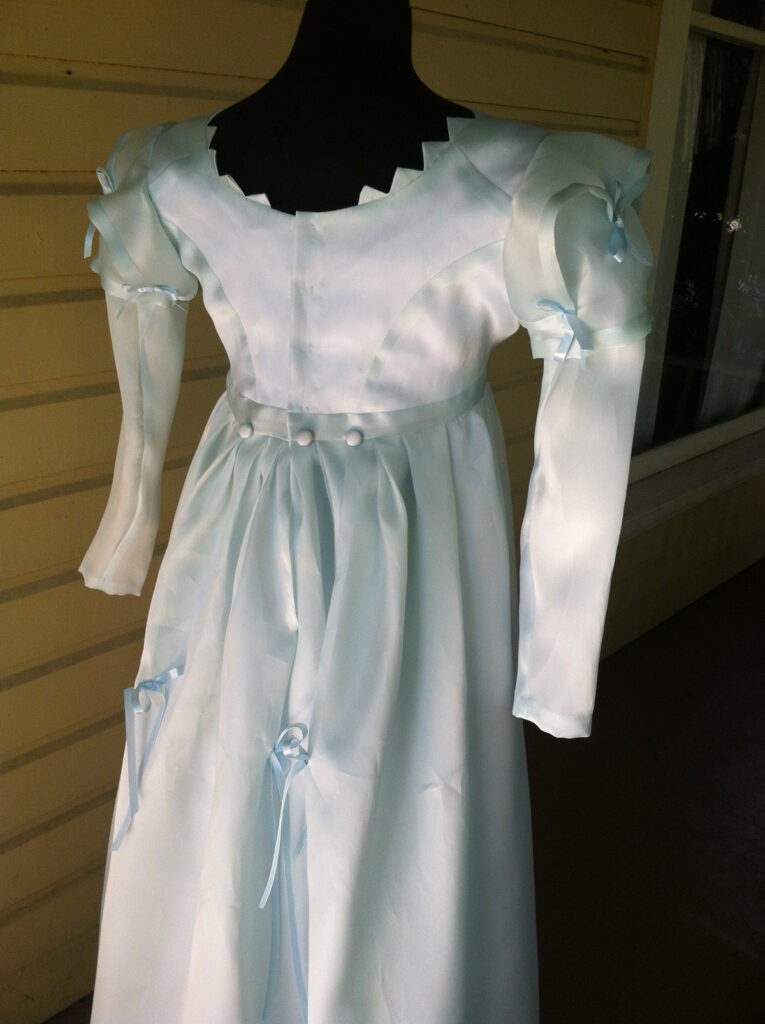
Men’s clothing reflects subtle variations based on the decade and the social status of the wearer. Here we see Tom Hanford, a professional interpreter, portraying a 1790 fiddle player in a jacket from Lavender’s Green.
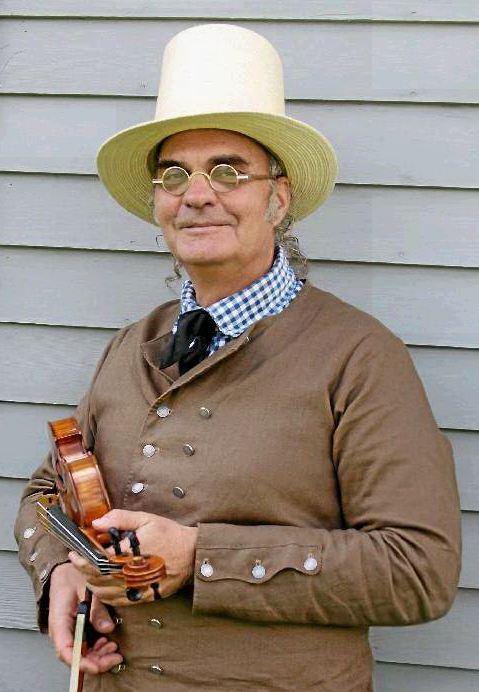
The young lady below is a model for a portrait of an early Utah pioneer. The year is 1826.

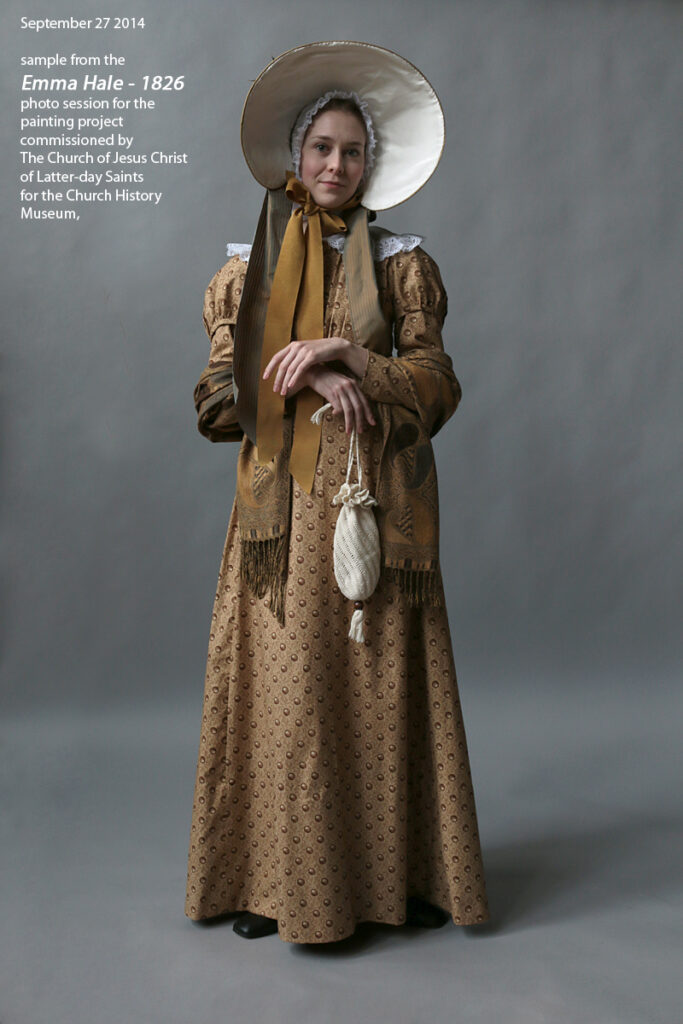
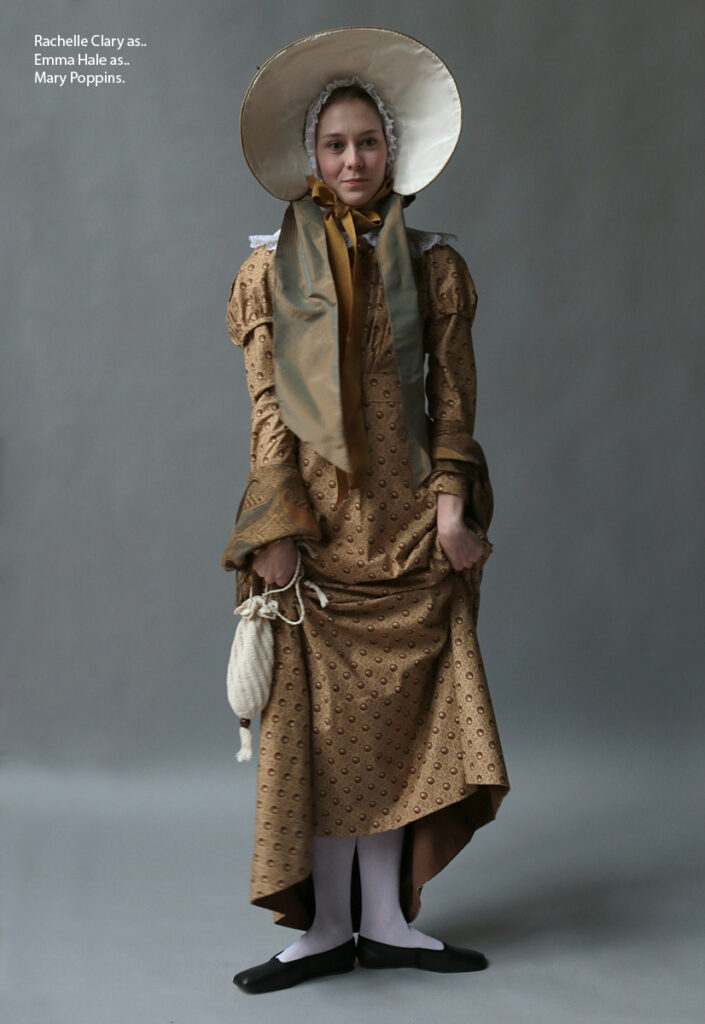
The young man below is a model for William Whitaker, a Utah artist creating portraits for a research library commission.
